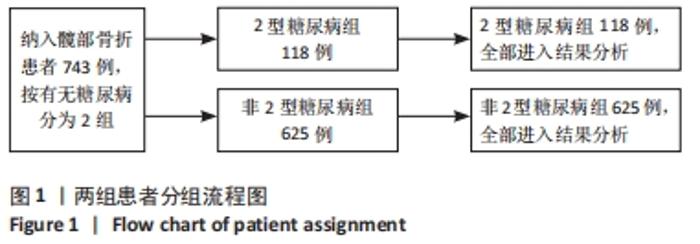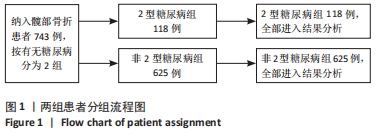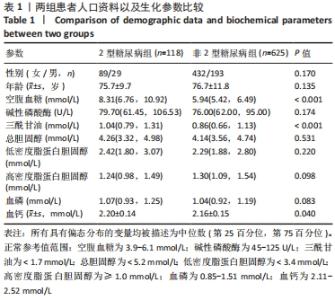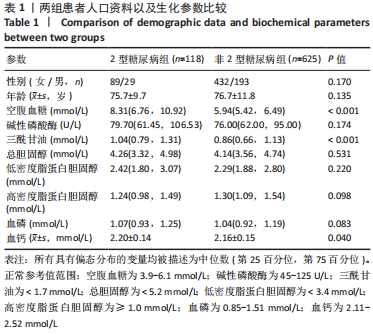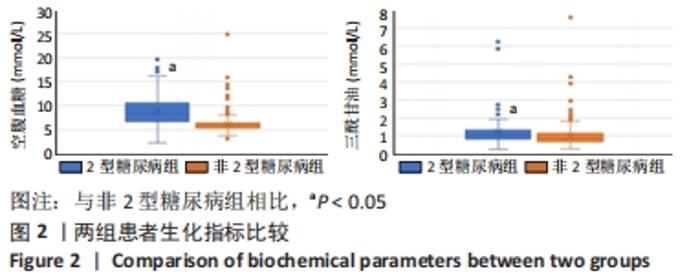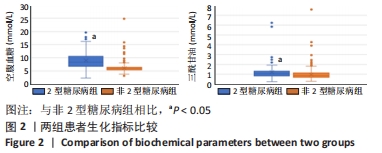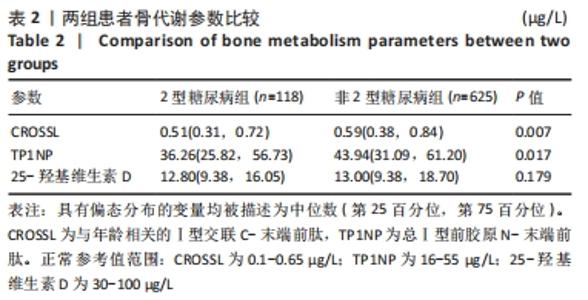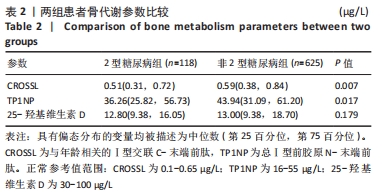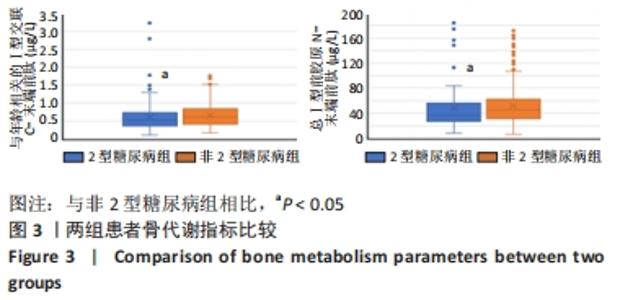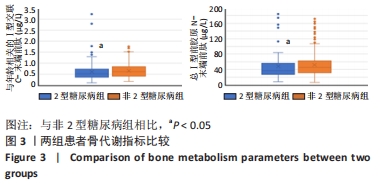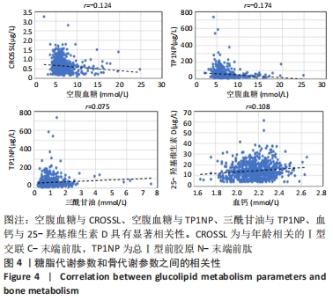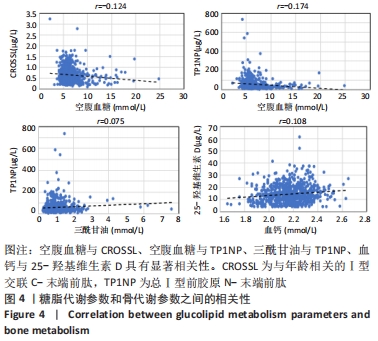[1] OGURTSOVA K, DA ROCHA FERNANDES JD, HUANG Y, et al. IDF Diabetes Atlas: Global estimates for the prevalence of diabetes for 2015 and 2040. Diabetes Res Clin Pract. 2017;128:40-50.
[2] Zimmet P, Alberti KG, Shaw J. Global and societal implications of the diabetes epidemic. Nature. 2001;414:782-787.
[3] Siris ES, Adler R, Bilezikian J, et al. The clinical diagnosis of osteoporosis: a position statement from the National Bone Health Alliance Working Group. Osteoporos Int. 2014;25:1439-1443.
[4] Nazarzadeh M, Bidel Z, Moghaddam A. Meta-analysis of diabetes mellitus and risk of hip fractures: small-study effect. Osteoporos Int. 2016;27:229-230.
[5] Fan Y, Wei F, Lang Y, et al. Diabetes mellitus and risk of hip fractures: a meta-analysis. Osteoporos Int. 2016;27:219-228.
[6] Schwartz AV. Epidemiology of fractures in type 2 diabetes. Bone. 2016;82:2-8.
[7] Petit MA, Paudel ML, Taylor BC, et al. Bone mass and strength in older men with type 2 diabetes: the Osteoporotic Fractures in Men Study. J Bone Miner Res. 2010;25:285-291.
[8] Vestergaard P. Discrepancies in bone mineral density and fracture risk in patients with type 1 and type 2 diabetes--a meta-analysis. Osteoporos Int. 2007;18:427-444.
[9] Tebe C, Martinez-Laguna D, Carbonell-Abella C, et al. The association between type 2 diabetes mellitus, hip fracture, and post-hip fracture mortality: a multi-state cohort analysis. Osteoporos Int. 2019;30:2407-2415.
[10] Mazurenko ES, Malyutina SK, Shcherbakova LV, et al. 2019. [The forearm fractures in patients with diabetes and without diabetes in population sample aged over 50 years (Novosibirsk)]. Probl Endokrinol (Mosk). 2019;65:78-87.
[11] Greenblatt MB, Tsai JN, Wein MN. Bone Turnover Markers in the Diagnosis and Monitoring of Metabolic Bone Disease. Clin Chem. 2017;63:464-474.
[12] Kanazawa I. Interaction between bone and glucose metabolism [Review]. Endocr J. 2017;64:1043-1053.
[13] Vasikaran S, Eastell R, Bruyere O, et al. Markers of bone turnover for the prediction of fracture risk and monitoring of osteoporosis treatment: a need for international reference standards. Osteoporos Int. 2011;22:391-420.
[14] Liu XX, Jiang L, Liu Q, et al. Low Bone Turnover Markers in Young and Middle-Aged Male Patients with Type 2 Diabetes Mellitus. J Diabetes Res. 2020:6191468.
[15] Kanazawa I, Yamaguchi T, Yamamoto M, et al. Serum osteocalcin level is associated with glucose metabolism and atherosclerosis parameters in type 2 diabetes mellitus. J Clin Endocrinol Metab. 2009;94:45-49.
[16] Starup-Linde J, Vestergaard P. Biochemical bone turnover markers in diabetes mellitus - A systematic review. Bone. 2016;82:69-78.
[17] BULUT T, DEMIREL F, METIN A. The prevalence of dyslipidemia and associated factors in children and adolescents with type 1 diabetes. J Pediatr Endocrinol Metab. 2017;30:181-187.
[18] Schwarz PE, Gallein G, Ebermann D, et al. Global Diabetes Survey--an annual report on quality of diabetes care. Diabetes Res Clin Pract. 2013;100:11-18.
[19] Cole JB, Florez JC. Genetics of diabetes mellitus and diabetes complications. Nat Rev Nephrol. 2020;16:377-390.
[20] Janghorbani M, Van Dam RM, Willett WC, et al. Systematic review of type 1 and type 2 diabetes mellitus and risk of fracture. Am J Epidemiol. 2007;166:495-505.
[21] Hsu JY, Cheng CY, Hsu CY. Type 2 diabetes mellitus severity correlates with risk of hip fracture in patients with osteoporosis. Neth J Med. 2018;76:65-71.
[22] Tanner SB. Dual-energy X-ray absorptiometry in clinical practice: new guidelines and concerns. Curr Opin Rheumatol. 2011;23:385-388.
[23] DE LIEFDE II, VAN DER KLIFT M, DE LAET CE, et al. Bone mineral density and fracture risk in type-2 diabetes mellitus: the Rotterdam Study. Osteoporos Int. 2005;16:1713-1720.
[24] Krege JH, Lane NE, Harris JM, et al. PINP as a biological response marker during teriparatide treatment for osteoporosis. Osteoporos Int. 2014;25:2159-2171.
[25] ELLER-VAINICHER C, CAIROLI E, GRASSI G, et al. Pathophysiology and Management of Type 2 Diabetes Mellitus Bone Fragility. J Diabetes Res. 2020;22:7608964.
[26] KARIM L, REZAEE T, VAIDYA R. The effect of type 2 diabetes on bone biomechanics. Curr Osteoporos Rep. 2019;17:291-300.
[27] ASADIPOOYA K, UY EM. Advanced Glycation End Products (AGEs), Receptor for AGEs, Diabetes, and Bone: Review of the Literature. J Endocr Soc. 2019;3:1799-1818.
[28] STARUP-LINDE J, ERIKSEN SA, LYKKEBOE S, et al. Biochemical markers of bone turnover in diabetes patients--a meta-analysis, and a methodological study on the effects of glucose on bone markers. Osteoporos Int. 2014;25:1697-1708.
[29] LEE HS, HWANG JS. Impact of Type 2 Diabetes Mellitus and Antidiabetic Medications on Bone Metabolism. Curr Diab Rep. 2020;20:78.
[30] Holloway-Kew KL, De Abreu LLF, Kotowicz MA, et al. Bone Turnover Markers in Men and Women with Impaired Fasting Glucose and Diabetes. Calcif Tissue Int. 2019;104:599-604.
|
